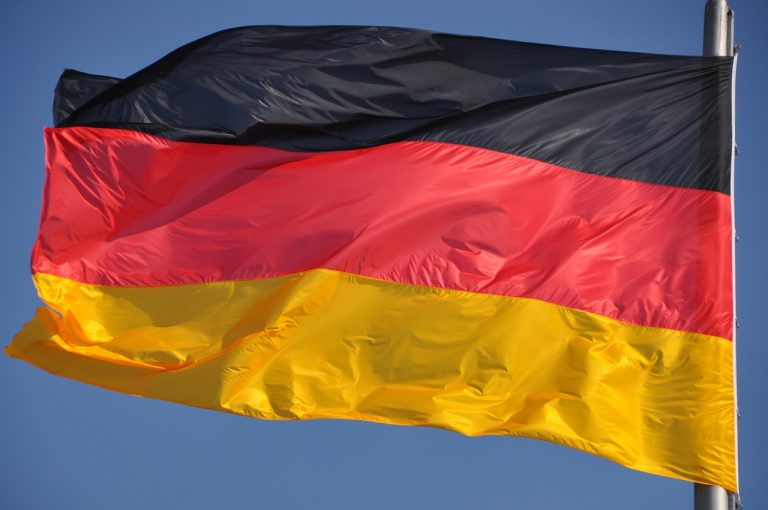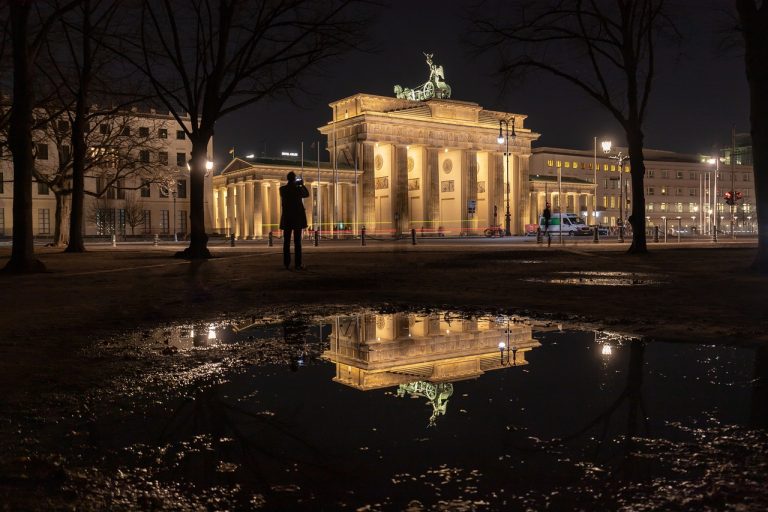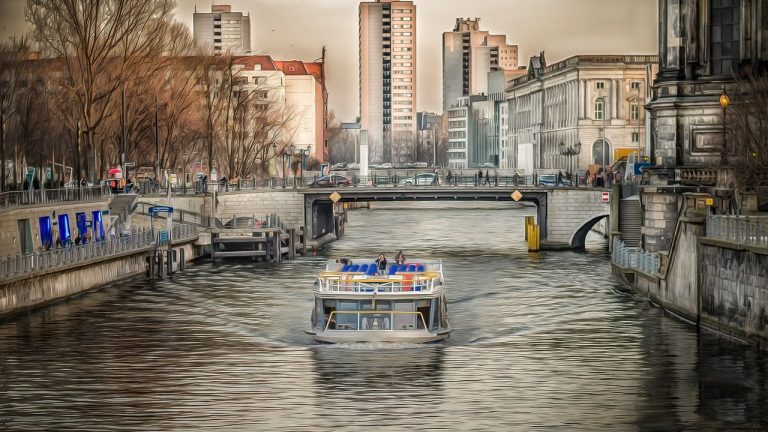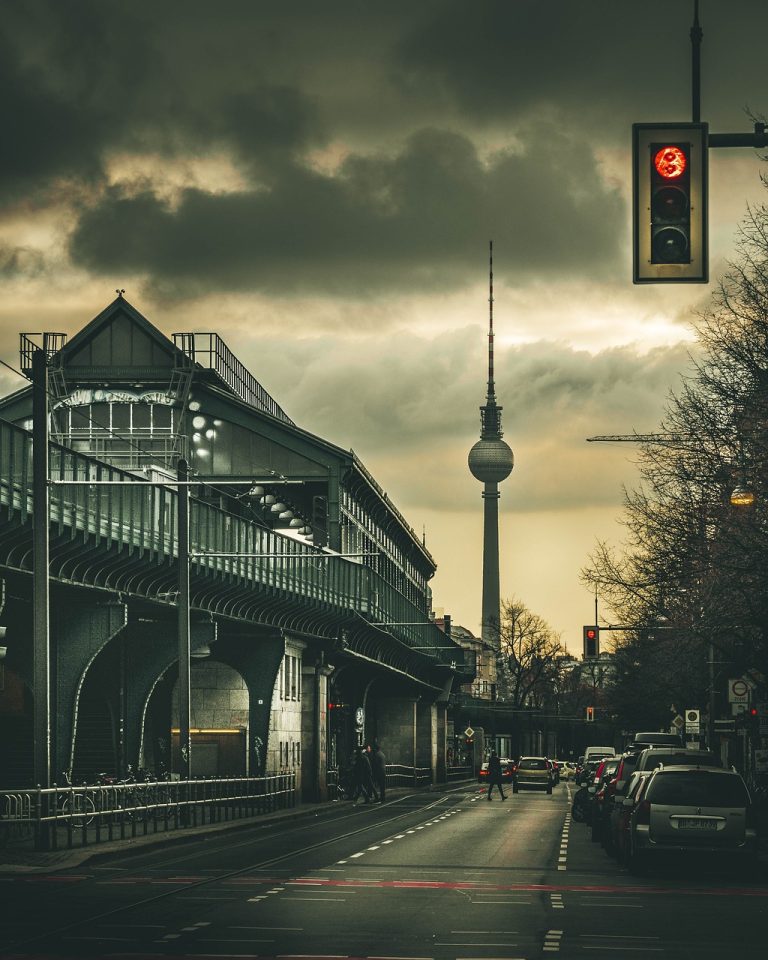Berlin Germany Video
Local Arts and Culture: Museums of Berlin Germany
Berlin, the capital city of Germany, is renowned for its rich history, vibrant arts scene, and diverse culture. The city boasts a wide range of museums that showcase its fascinating past and contemporary artistic expressions. From world-class art collections to thought-provoking historical exhibitions, Berlin’s museums offer a captivating journey through time and creativity. In this article, we will explore ten prominent museums in Berlin, each highlighting a unique aspect of the city’s arts and culture.
National Gallery
- Impressionist Art: This section of the National Gallery focuses on the vibrant Impressionist movement. It houses a remarkable collection of masterpieces by renowned artists like Claude Monet, Pierre-Auguste Renoir, and Edgar Degas. The artworks depict the beauty of light and color, capturing fleeting moments in time.
- Modern Art: The National Gallery also features an extensive collection of modern and contemporary art. Visitors can explore works by influential artists such as Wassily Kandinsky, Pablo Picasso, and Max Ernst, representing various artistic movements and styles.
- German Expressionism: This section showcases the works of German Expressionist painters, including Ernst Ludwig Kirchner, Emil Nolde, and Max Beckmann. The artworks reflect the emotional intensity and raw expression characteristic of the movement.
Berlin Germany Image 1: 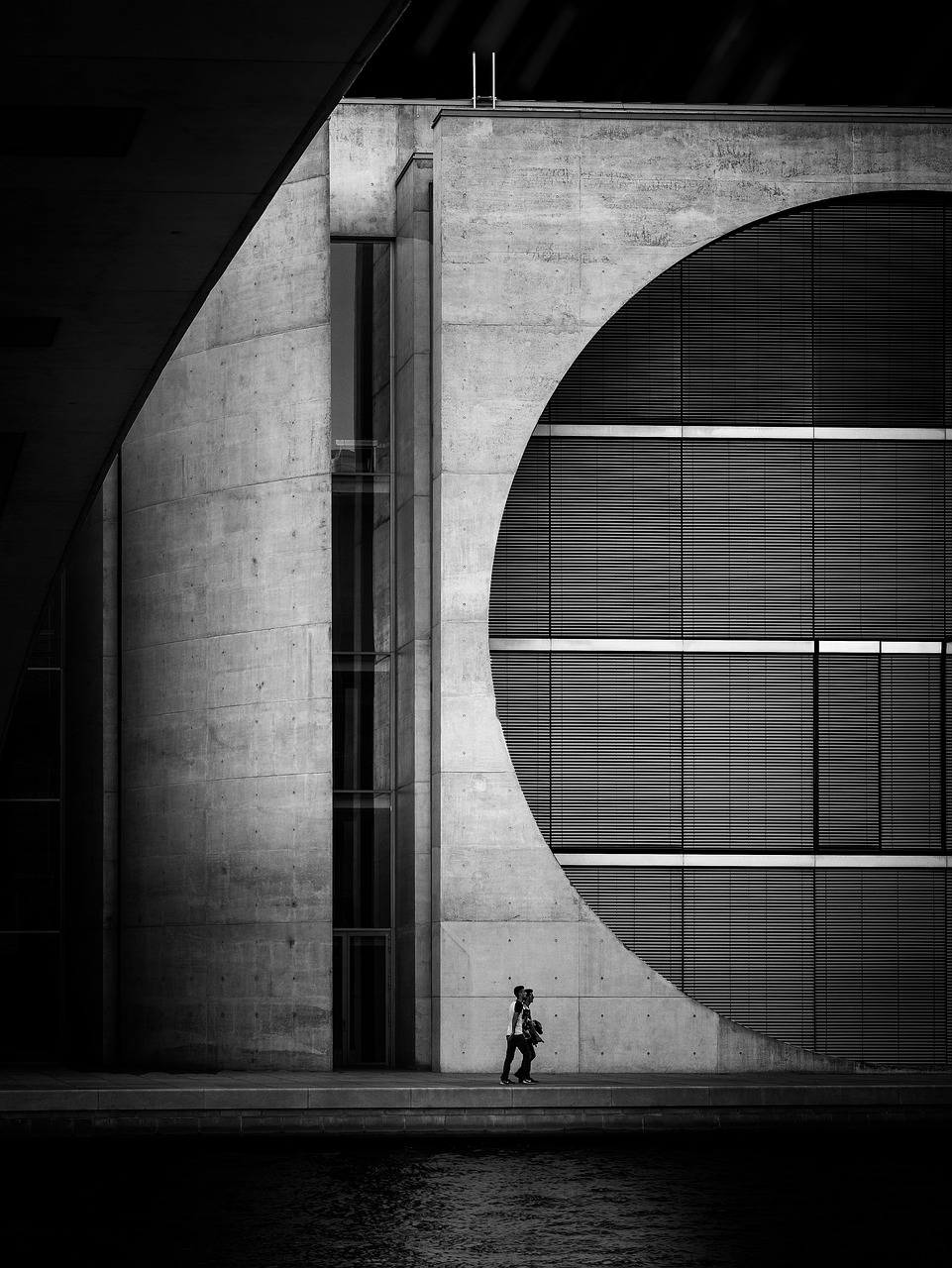
Pergamon Museum
- Pergamon Altar: The Pergamon Museum is home to the famous Pergamon Altar, a monumental structure depicting ancient Greek gods and heroes. This awe-inspiring masterpiece showcases the artistic achievements of the Hellenistic period.
- Islamic Art: The museum also houses a remarkable collection of Islamic art, including intricately designed carpets, ceramics, and calligraphy. Visitors can immerse themselves in the beauty and cultural significance of Islamic artistic traditions.
- Ancient Near Eastern Art: This section features artifacts from ancient civilizations such as Mesopotamia, Assyria, and Babylon. Visitors can explore the rich history and artistic achievements of these influential cultures.
DDR Museum
- Everyday Life in East Germany: The DDR Museum offers a unique glimpse into everyday life in East Germany during the Cold War era. Visitors can explore reconstructed living spaces, learn about the political system, and interact with exhibits that recreate the atmosphere of the time.
- Trabant Car: One of the highlights of the museum is a Trabant car, an iconic symbol of East German automotive industry. Visitors can sit inside the car and experience what it was like to drive this popular vehicle.
- Stasi Exhibition: The museum also delves into the history of the Stasi, the East German secret police. Exhibits shed light on their surveillance methods, propaganda, and the impact they had on people’s lives.
Berlin Germany Image 2: 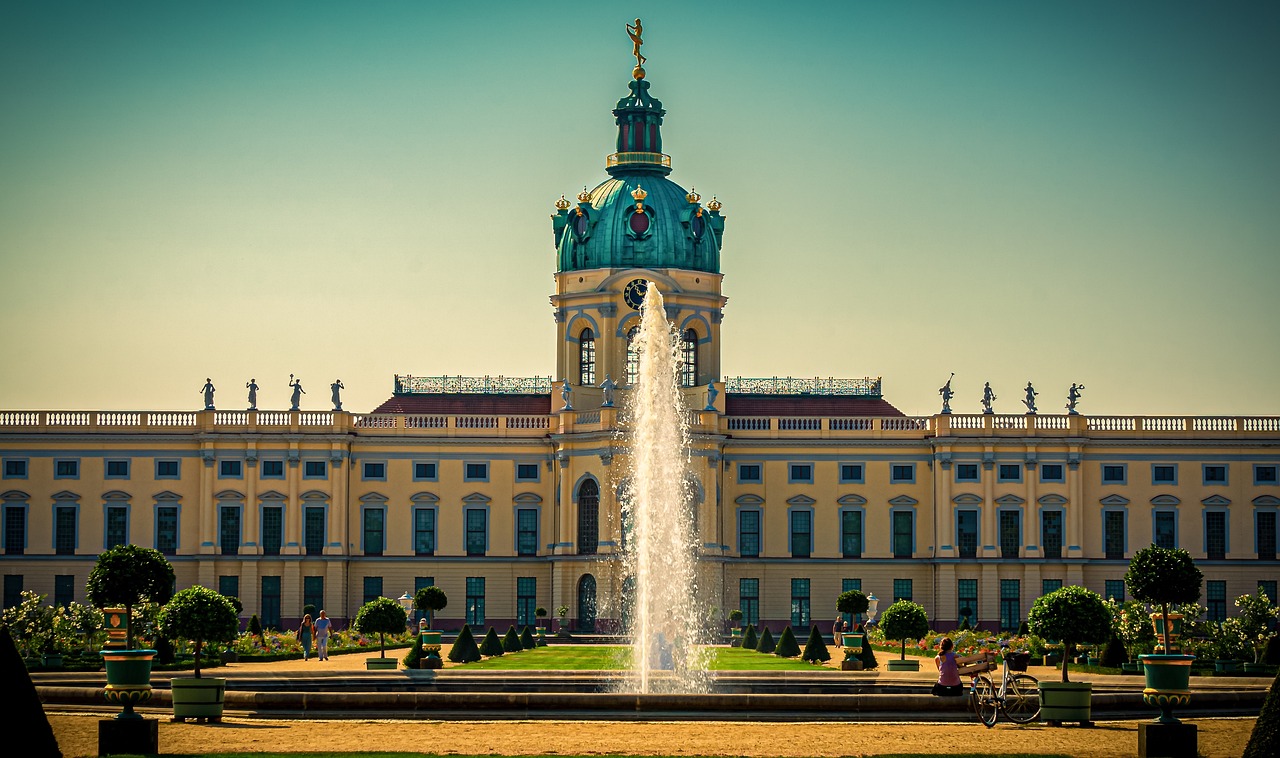
Jewish Museum Berlin
- Holocaust and Jewish History: The Jewish Museum Berlin provides a comprehensive exploration of Jewish history, culture, and the Holocaust. Exhibits delve into the experiences of Jewish communities, both in Germany and worldwide, highlighting their contributions and struggles.
- Architecture: Designed by architect Daniel Libeskind, the museum’s unique architecture adds another layer of significance to the experience. The building’s structure symbolizes fragmentation and dislocation, reflecting the tumultuous history it represents.
- Garden of Exile: Outside the museum, visitors can explore the Garden of Exile, a thought-provoking installation that represents the displacement and disorientation experienced by Jews during the Holocaust.
Alte Nationalgalerie
- Neoclassical and Romantic Art: The Alte Nationalgalerie houses an impressive collection of neoclassical and romantic art. Visitors can admire works by artists such as Caspar David Friedrich, Karl Friedrich Schinkel, and Adolph Menzel, known for their evocative landscapes and historical scenes.
- 19th-century Sculpture: The museum also features a selection of exquisite sculptures from the 19th century. These sculptures demonstrate the skill and craftsmanship of artists like Auguste Rodin and Johann Gottfried Schadow.
- Temporary Exhibitions: The Alte Nationalgalerie regularly hosts temporary exhibitions, showcasing a diverse range of artistic styles and themes.
Berlin Germany Image 3: 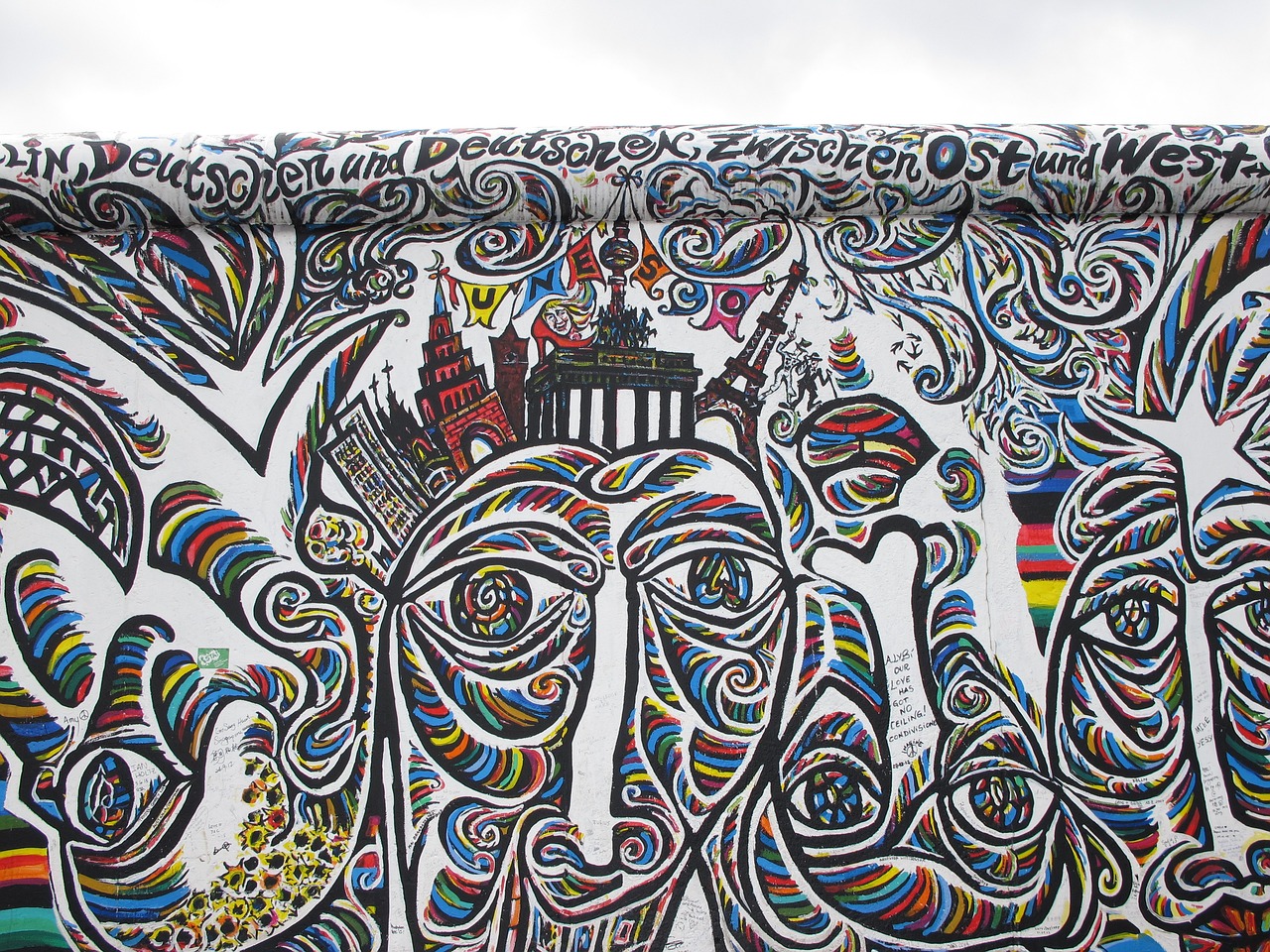
Topography of Terror
- Third Reich History: The Topography of Terror museum is located on the site of the former Gestapo and SS headquarters. It provides a detailed account of the Nazi regime, its crimes, and the impact it had on Germany and the world.
- Documentation Center: The museum features an extensive documentation center with photographs, documents, and exhibits that shed light on the atrocities committed during the Holocaust and World War II.
- Remains of the Berlin Wall: Visitors can also explore the outdoor exhibition area, which includes a preserved section of the Berlin Wall. This serves as a reminder of the division that once separated the city and the struggles faced by its inhabitants.
Neues Museum
- Egyptian Art: The Neues Museum is home to an exceptional collection of Egyptian art and artifacts, including the iconic bust of Queen Nefertiti. Visitors can explore the ancient Egyptian civilization through sculptures, jewelry, and everyday objects.
- Prehistoric Art: The museum also features prehistoric art, including the famous “Lion Man” sculpture, one of the oldest known zoomorphic representations. These artifacts provide insights into early human artistic expression.
- Antiquities: The Neues Museum showcases a wide range of antiquities from various cultures, including Greek, Roman, and Etruscan artifacts. Visitors can marvel at intricately designed pottery, statues, and architectural fragments.
Bode Museum
- Sculpture Collection: The Bode Museum houses a significant collection of sculptures, spanning different periods and styles. Visitors can appreciate the beauty and craftsmanship of sculptures from ancient Greece, medieval Europe, and the Renaissance.
- Byzantine Art: The museum also features a remarkable collection of Byzantine art, including mosaics, icons, and religious artifacts. These artworks provide insights into the Byzantine Empire’s rich cultural and religious traditions.
- Numismatic Collection: The Bode Museum’s numismatic collection showcases coins and medals from various historical periods. It offers a fascinating glimpse into the economic and political history of different civilizations.
Museum Island
- UNESCO World Heritage Site: Museum Island is a UNESCO World Heritage Site, recognized for its exceptional concentration of museums. It is home to five of Berlin’s most significant museums, including the Pergamon Museum, the Neues Museum, and the Bode Museum.
- Architectural Marvels: The buildings on Museum Island are architectural marvels in themselves, combining historical elements with modern design. Visitors can marvel at the grandeur of these structures as they explore the museums.
- Art and History: Each museum on Museum Island offers a unique perspective on art, history, and culture. From ancient civilizations to modern masterpieces, visitors can embark on a comprehensive journey through human creativity.
Conclusion
Berlin’s museums are a testament to the city’s rich cultural heritage and its commitment to preserving and showcasing artistic achievements from various periods. Whether you’re interested in ancient history, modern art, or the tumultuous events of the 20th century, there is a museum in Berlin that will captivate your imagination. By exploring these museums, visitors can gain a deeper understanding of Berlin’s past, present, and the diverse artistic expressions that continue to shape its vibrant arts and culture scene.
References
- National Gallery: smb.museum
- Pergamon Museum: smb.museum
- DDR Museum: ddr-museum.de
- Jewish Museum Berlin: jmberlin.de
- Alte Nationalgalerie: smb.museum
- Topography of Terror: topographie.de
- Neues Museum: smb.museum
- Bode Museum: smb.museum
- Museum Island: smb.museum



